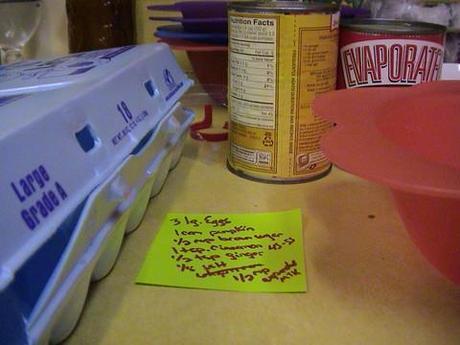
In previous posts we’ve covered disaster planning and prepping our water supply. If we continue with the base of Maslow’s Pyramid now we need to address our food supply. This is of course another topic one could write several books on so we’ll devote the next several blog posts to covering the basics.
There are plenty of sites out there which will give you the “scare” of stores running out of food in 3 days to a week and how the food distribution system in America works so I’m not going to go into that now, beyond to say after my experience with bottled water I believe it.
I group the food supply into five basic categories:
- “Active” stores – This is what you would “normally” eat and more perishable items (i.e. what the non-prepper has a couple days-worth at home)
- Long Term stores – These are food products which can be stored for a longer periods of time and may or may not be in your normal eating rotation
- Garden/Farming – Any edible plant (or ranch animal) you can grow yourself
- Hunting/Gathering – Animals (or wild plants) that you need to go out and acquire
- Mobile Emergency Supply – Portable shelf stable foods either for bug-out-bags or get-home-kits
I think the most basic rule of your food supply is the often quoted “store what you eat, and eat what you store” which makes the “active” stores where we are going to focus today. I should point out here that your active stores can be supplemented by the gardening and hunting categories as well. One more interjection of my beliefs here…regardless of what was on your list of disasters you’re preparing for I think one month is the absolute minimum food supply to have on hand. There are just so many “normal” things that can blindside you (loss of job, death of close family member, major illness, etc) which would be made just that much easier if you did not have to worry about running to the grocery store for a while.
There are several keys to managing your active store. You need a good rotation system in place so the oldest food gets eaten before it spoils. You also need it to provide all nutrition you need. Setting up a rotation system is easier than you would think. Basically whenever you buy (or harvest or butcher) something you put it at the “back” of your stores for that type of item, then always eat from the front. This is clearly easier with the non-perishable food items, but since the perishables rotate a lot faster it tends to be easier to remember the order there. Second, you need to know how long the food items are good for. I’ve found a decent reference here. If you find you are frequently throwing things away because they never make it to the front of the rotation in time, you should store less of that item. On a quick side note if you find your active stores include a lot of canned items there are racks you can buy which make it easy to add new cans to the back of the rotation.
Another important thing to consider for your “active” store is to mix it up. If you’ve used up your green beans then get pinto beans next time – you want to find the healthy food your family actually likes…then these can become the options you learn how to garden should your desire (or disaster plan) take you in that direction.
We’ll get into the other food categories and build out our Organized Prepper Food Checklist in the coming posts.
